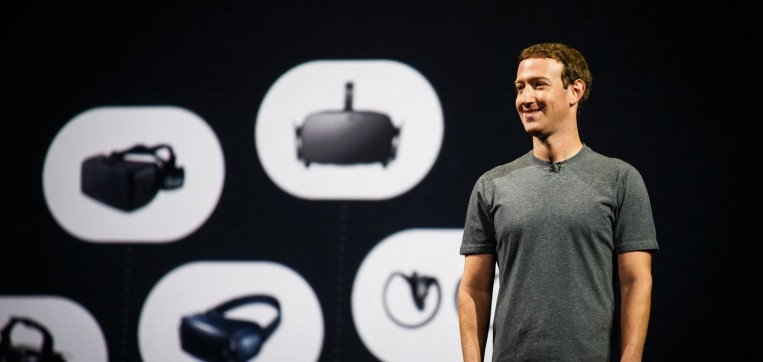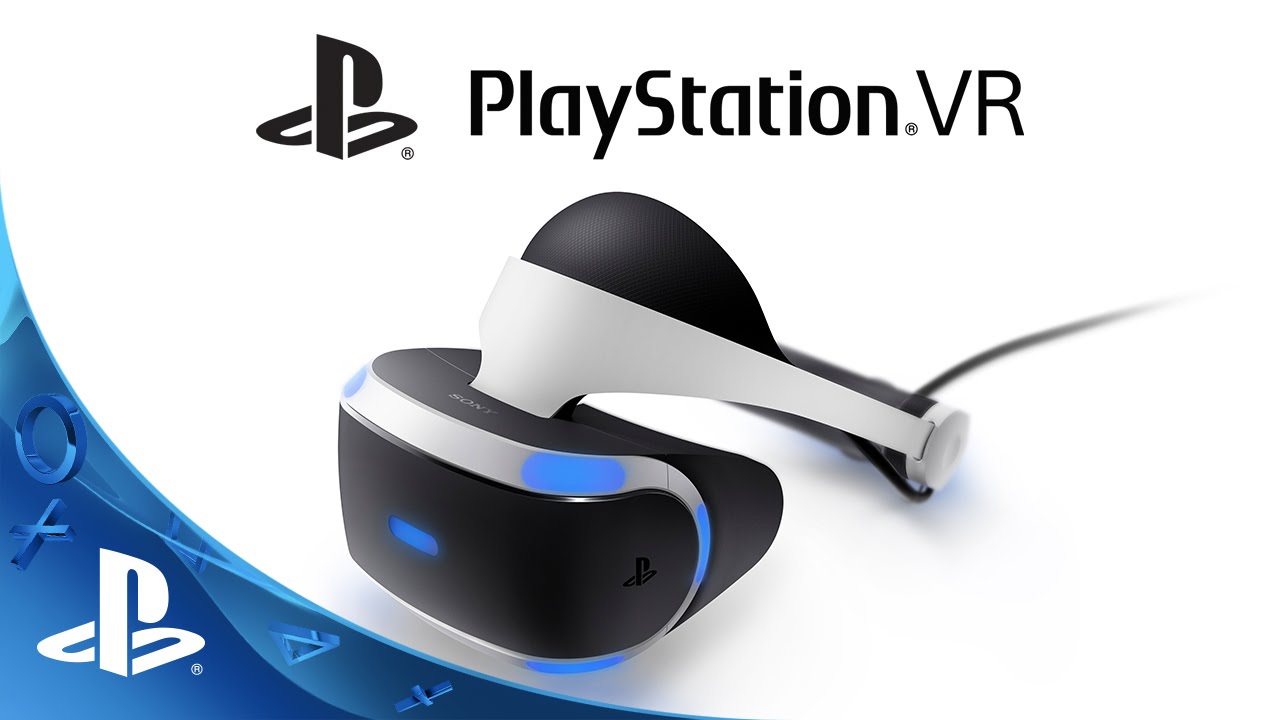
- Posted by info 12 Oct
When Virtual Reality Meets Social Media
How virtual reality can be a force outside of the gaming sphere
The launch of the PlayStation VR heralds the first time true virtual reality is a viable option for the average consumer. While entry-level options do exist in the form of Google Cardboard and the Samsung Gear VR, the only real alternatives at present are higher end products such as the HTV VIVE and the Oculus Rift – technologies that while impressive, are shackled by high layout costs and a reliance on pre-existing factors such as a large enough space to actually use them (in the case of the HTC VIVE, anyway); and a linked PC powerful enough to pump the images to the users’ eyes in the first place. The PlayStation VR instead represents something of a leap forward not in a technological sense, but from a standpoint of affordability and practicality. While it is true that certain caveats exist – namely that the user needs a PlayStation 4 console, a PlayStation Camera, and PlayStation Move controllers to get the full experience – the PS VR is the first true step on the road to bringing the full potential of virtual reality to the mass market.
The PS VR will primarily be promoted as a gaming device, but it is far from the first such offering to be touted as the ‘next big thing’ in the virtual reality space. Atari toyed with the idea of releasing a virtual reality headset for its Jaguar system as far back as 1994, but the hardware proved to be vastly underpowered for such an ambitious project; while user testing uncovered major flaws in the technology, with wearers of the headsets experiencing nausea and headaches. The failure of Atari’s headset was compounded by the company’s financial problems during the mid-1990s and the project was scrapped after a merger, but not before a finished software title – Missile Command 3D – actually hit store shelves with full virtual reality headset compatibility baked in. This is actually visible during the intro screens to the game, where ‘virtuality enabled’ is proudly displayed during the introductory sequence.

Another games company, Nintendo, also attempted to harness the power of virtual reality to a lesser degree with the Virtual Boy console. However, despite the naming and the aesthetic design of the system, the Virtual Boy was more like playing games with a set of 3D glasses than true virtual reality, and even then only in tones of red and black. The system was largely shunned due to its uncomfortable design and underwhelming graphics, and to this day the Virtual Boy remains the biggest commercial failure in the Japanese gaming giant’s history – support for the system was dropped less than a year after the 1995 introduction and only 22 games were released.
So the history of virtual reality in the gaming space is less than stellar, and time will tell if the PS VR will reverse the fortunes of the technology. But what of the other systems already occupying the virtual reality sector? The HTC VIVE has enjoyed moderate success as a gaming platform since being released to those who can afford it (plus the native integration with Steam), and the Oculus system has recently hit the headlines due to parent company Facebook showcasing the potential uses of the technology of a way to bring social media integration to the fore. In early October 2016, Facebook chief Mark Zuckerberg took to the stage at the annual Oculus developers conference to showcase a totally new way of accessing social media and interacting with friends and colleagues through virtual reality. One interesting aspect of the conference involved the branding of the headset, now known simply as ‘Oculus from Facebook.’ The previous name ‘Oculus Rift’ appears to have been totally erased, with Facebook now forging ahead to rebrand the hardware as a new way to meet up with and interact with other people in a virtual boardroom, office, kitchen…or desert. The demonstration introduced two of Zuckerberg’s colleagues who joined him remotely through the Oculus, and the three of them fully embraced the opportunity to display the impressive range of abilities of the setup; including taking selfies in-world and sharing them to Facebook, jousting with toy swords and video calling other people from within the virtual setting.
There will undoubtedly be detractors to the viability of virtual reality as a gaming platform (see this video from gaming journalist Jim Sterling, for example), but the real-world uses far outweigh gaming. As a business and social interaction tool the full potential of virtual reality still not yet known, but the future is very promising; and if Facebook’s demonstration is anything to go by, we could all be updating our statuses through an Oculus in the not too distant future.
In an upcoming blog post, we will investigate what the arrival of virtual reality means for video content production and how the technology can be used to enhance the immersion experienced by the viewer.
Sources
Wired: Mark Zuckerberg’s VR selfie is a bigger deal than you realise

Post Comments 0